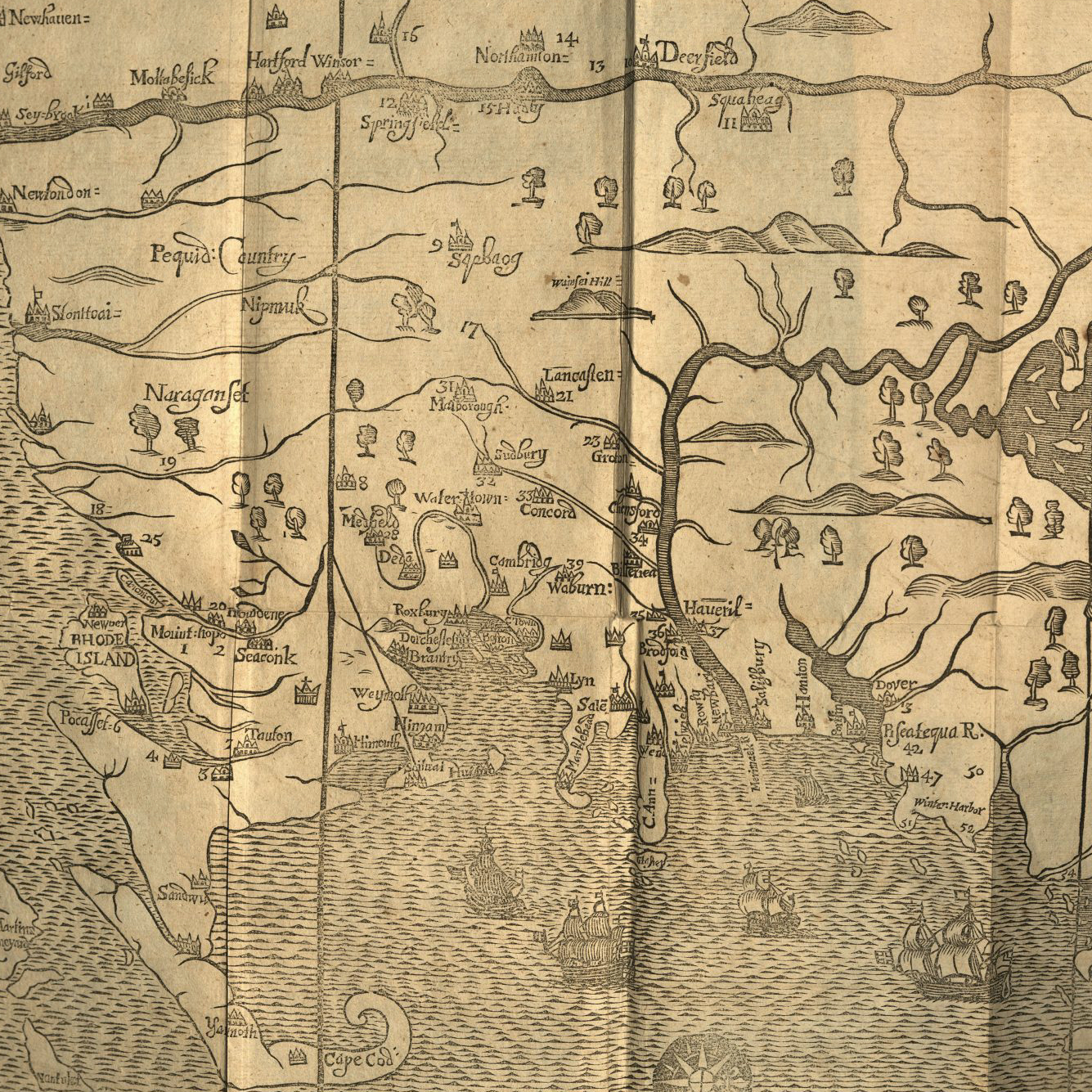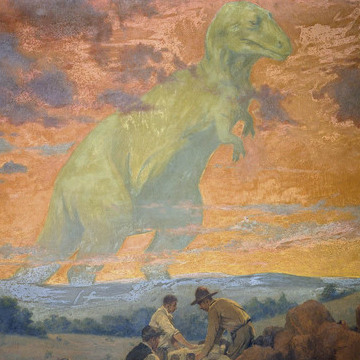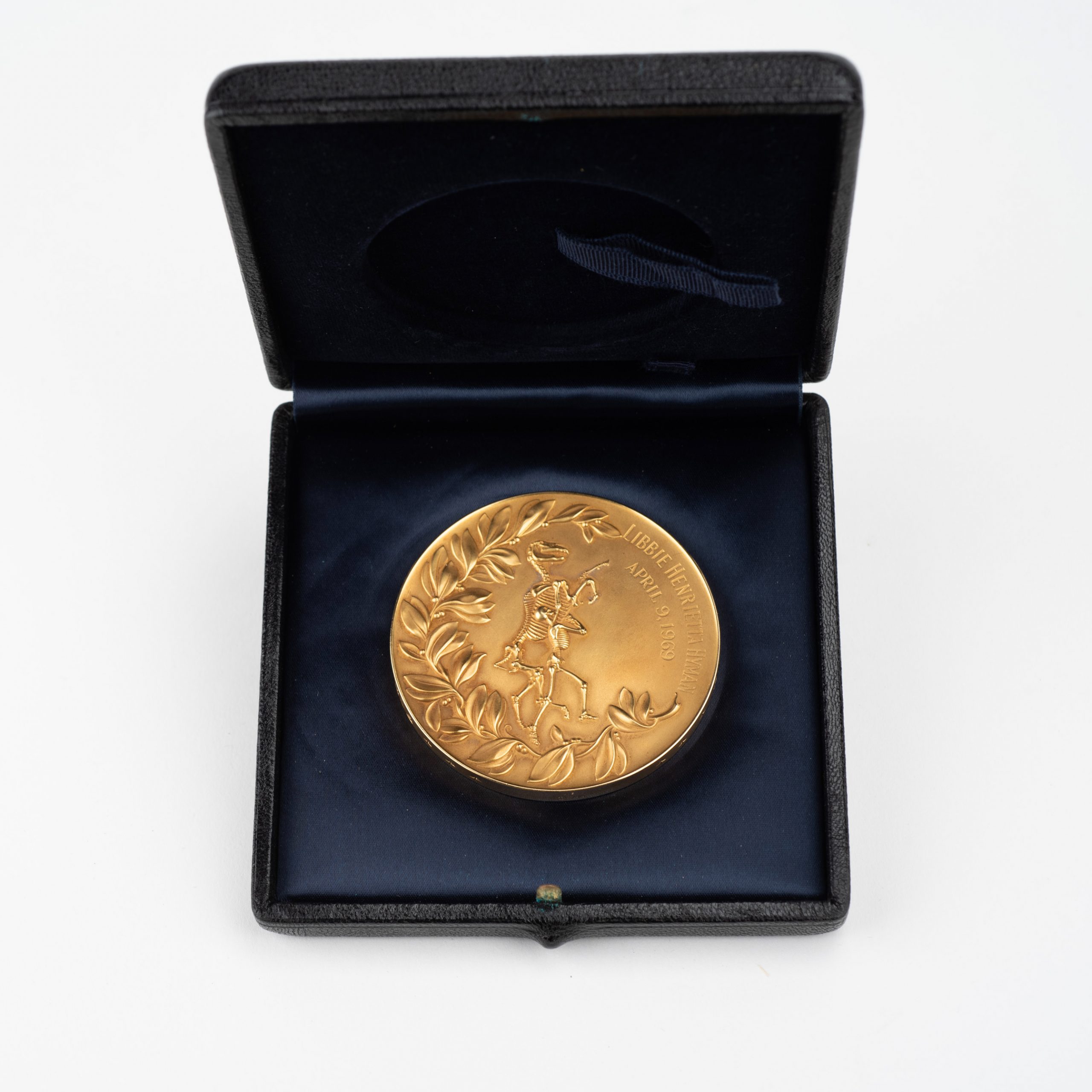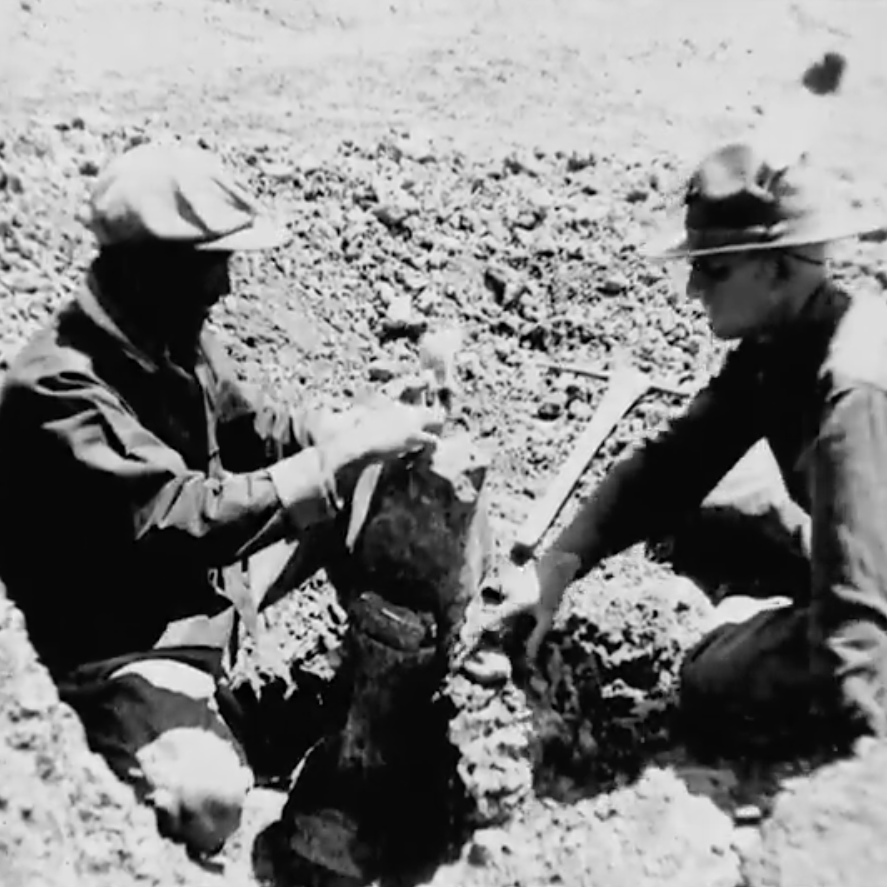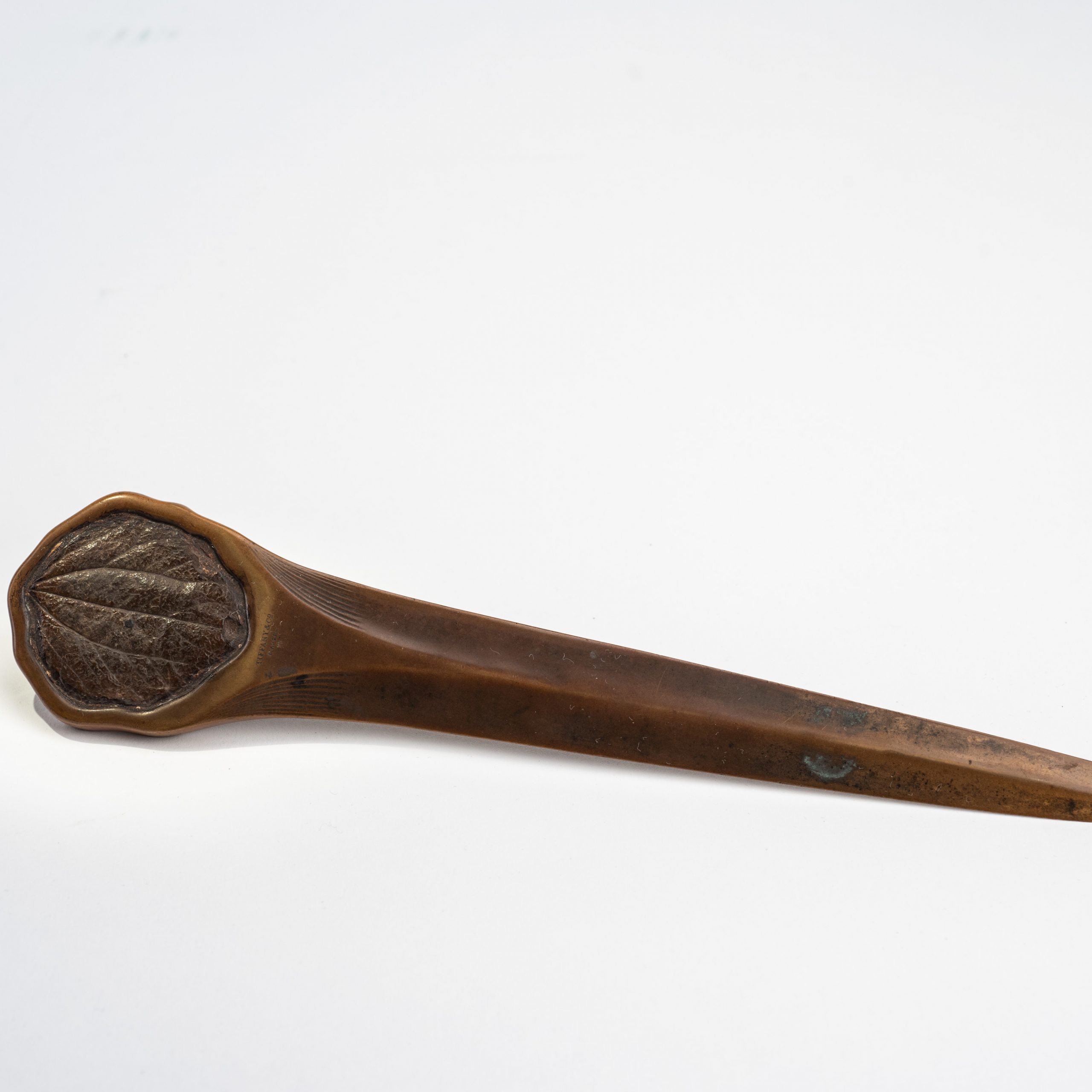Hydrogen Prominences
Chromosphere of sun, Mar. 25, 1895, Kenwood Observatory
1 in. = 5600 m.
36 1/2 x 59 1/4"
Howard Russell Butler, 1856-1934
1927
Oil on Canvas
Gift of Mr. & Mrs. Charles J. Leibman
“All solar prominences are large. This one was especially large, and Howard Russell Butler made sure you knew it by discreetly painting a tiny disc at the top to represent the relative size of Earth. Without the benefit of research conducted later on the properties of the sun’s surface, and without time-lapse photography, Butler did not know that these ejected plumes of plasma actually follow the smoothly curved loops of magnetic fields that punch through the sun’s surface. The jagged edges of the prominence are not so much what Butler saw but what he perceived.”
Neil deGrasse Tyson, astrophysicist and present Frederick P. Rose Director, Hayden Planetarium
Hydrogen prominences are bright, looping projections that emanate from the sun’s mass, as illustrated by Howard Russell Butler in “Hydrogen Prominences.” Scientists are still trying to figure out why prominences form, but they do know that they are made of plasma. Plasma is sometimes called the “fourth state of matter,” or “super-heated matter,” because it only forms when gas grows hot enough to strip electrons from their atoms, a process called ionizing. Butler painted five of these canvases showing this phenomenon from various observatories for display at the Museum in the new Hayden Planetarium.
Before the advent of modern imaging technology, the task of creating visual representations of a solar eclipse and solar hydrogen prominences was not easy or straight forward. A solar eclipse lasts for only a short period of time. Butler needed to figure out a preliminary way to record the eclipse while it was underway to create a reference guide for his painting. He devised a shorthand code to record various colors transformations during the eclipse while he looked on through binoculars. Using his color code and several black and white photographs of the eclipse, Butler recreated not only the solar eclipse, but also the hydrogen prominences. In 1893 a device called a “spectroheliograph” was invented, which let the light from the prominences be photographed by reducing the glare from the disk of the sun. The prominences thus could be studied without waiting for an eclipse to make them visible.
Butler carved out a unique career for himself as a lawyer, scientist, and painter specializing in portraits, seascapes, and celestial phenomena. Butler was also a prominent community leader and one of the founders and first director of The American Fine Arts Society, alongside Louis C. Tiffany and other influential American artists and architects.
Butler, a member of the Advisory Committee of Astronomy and the Planetarium, proposed in 1926 an elaborate design for the new AMNH’s Hall of Astronomy. He conceived of a darkened rotunda, four levels high, topped by a dome onto which the newly invented Zeiss Projector would recreate the evening sky, full of over 4,000 stars. In part due to the economic crash of 1929, the museum chose to create the Hayden Planetarium (1935-1997) instead of Butler’s central hall design. Butler’s paintings were a feature of the Planetarium, which included a massive tryptic of three recent eclipses of the sun observed by Butler in the US.
Butler’s work illuminates the necessary interplay of scientific and artistic enterprise. Museums are a site of communication and exchange between the two fields, and artistic renderings of cosmic objects grab our attention and draw visitors. Additionally, many museums are a site of production, where they produce knowledge about the world. This involves imagination, creativity, and innovation. How does a museum’s exhibit design attract visitors? Does this contribute to scientific innovation?


Mars as Seen From its Outer Moon "Deimos"
Butler, Howard Russell, 1856-1934
1930
Oil on Canvas
50 x 40 inches
Butler painted several remarkable paintings depicting space travel that appeared well in advance of actual human space exploration. His 1926 moonscape showed what it would be like to stand on the moon’s surface, looking up at the Earth high in the sky. It was not until 1969 when astronauts Neil Armstrong and Buzz Aldrin had a comparable view. Butler also made several paintings of what Mars would look like if viewed from its two tiny satellites. Butler depicted Mars according to what was known and could be observed from Earth. He made the paintings of Mars as seen from Deimos and from Phobos accurate to the extent that if the observer is seven feet from either painting, they will see Mars in the painting at the same size that Mars would seem if the observer were standing on the Martian satellite and looking at the real Mars in the sky.
We know that Butler consulted with Henry Norris Russell (1877–1957), then professor of astronomy at Princeton University, about what the surface of the satellites of Mars would look like. To make his paintings more accurate, Butler used a model of the Martian system, as shown in this photo, which was taken in his studio. This model included a globe with surface features indicated according to the best guess of that time, and two small moons mounted on moveable arms. In the photo are also two other Martian paintings on the wall, and one of Earth seen from the moon.
Written by Katrina Kish and Joel Sweimler
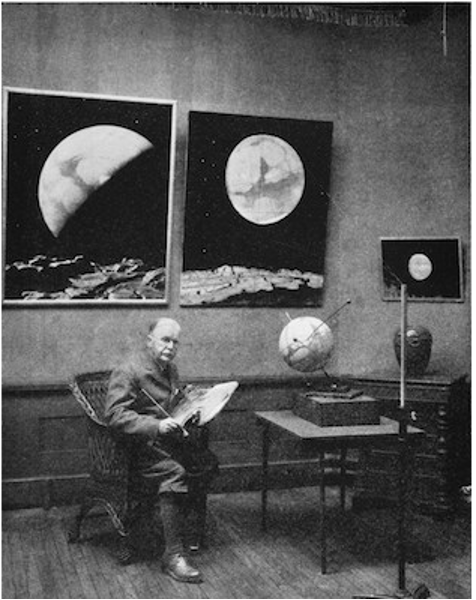
Butler pictured in his studio.
![Howard Russell Butler's [Hydrogen prominences]](https://futureoftruth.media.uconn.edu/wp-content/uploads/sites/2921/2023/01/k6584-scaled.jpg)
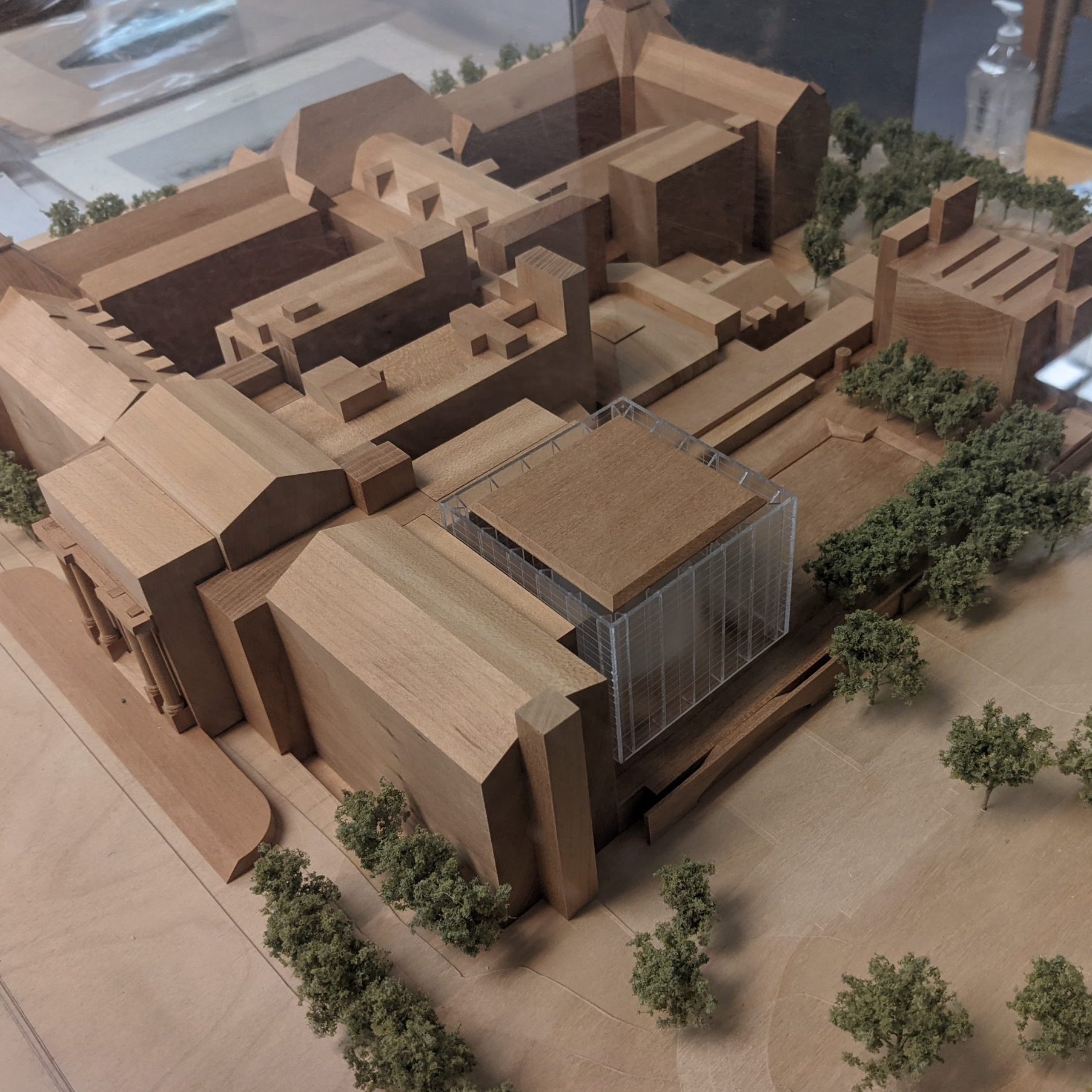
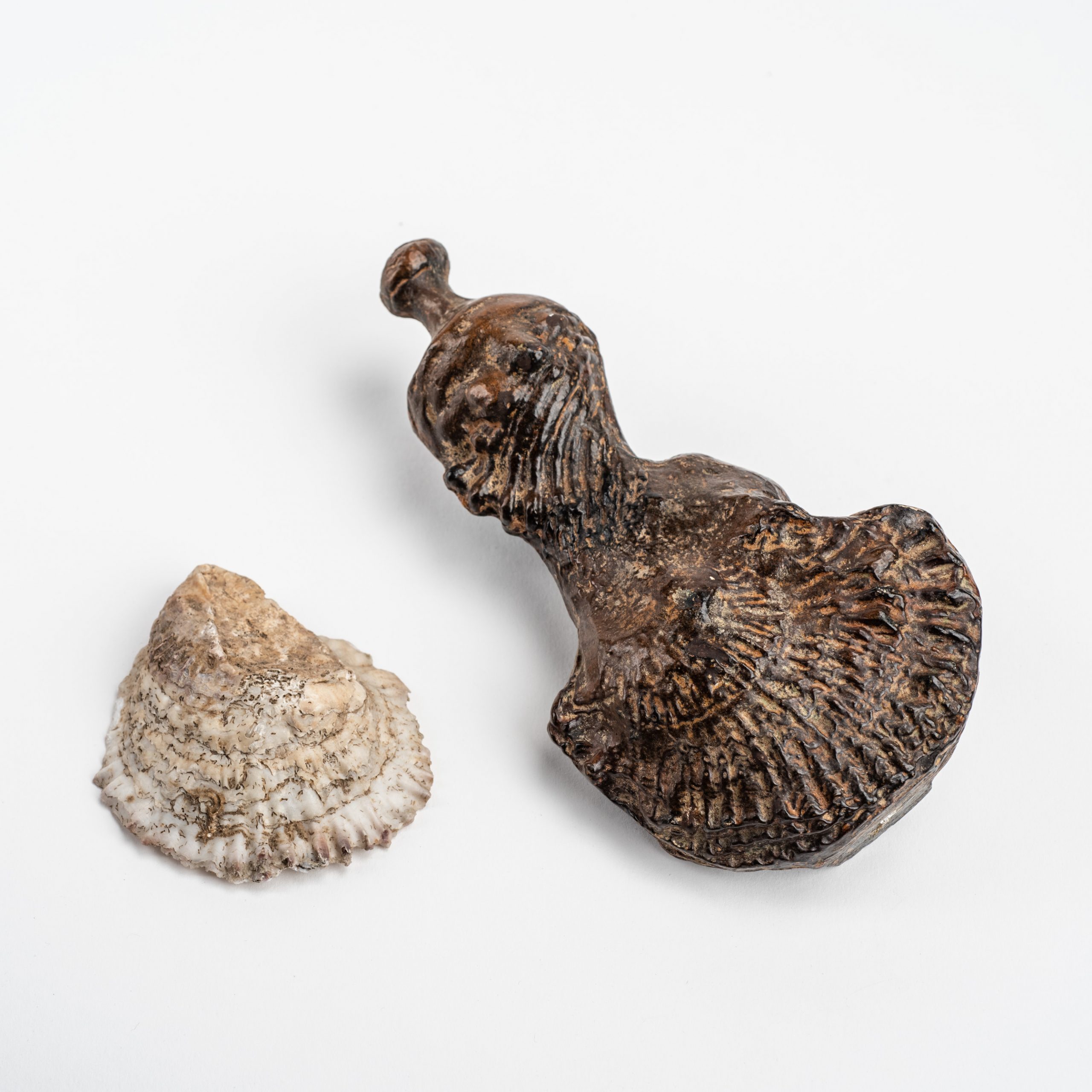
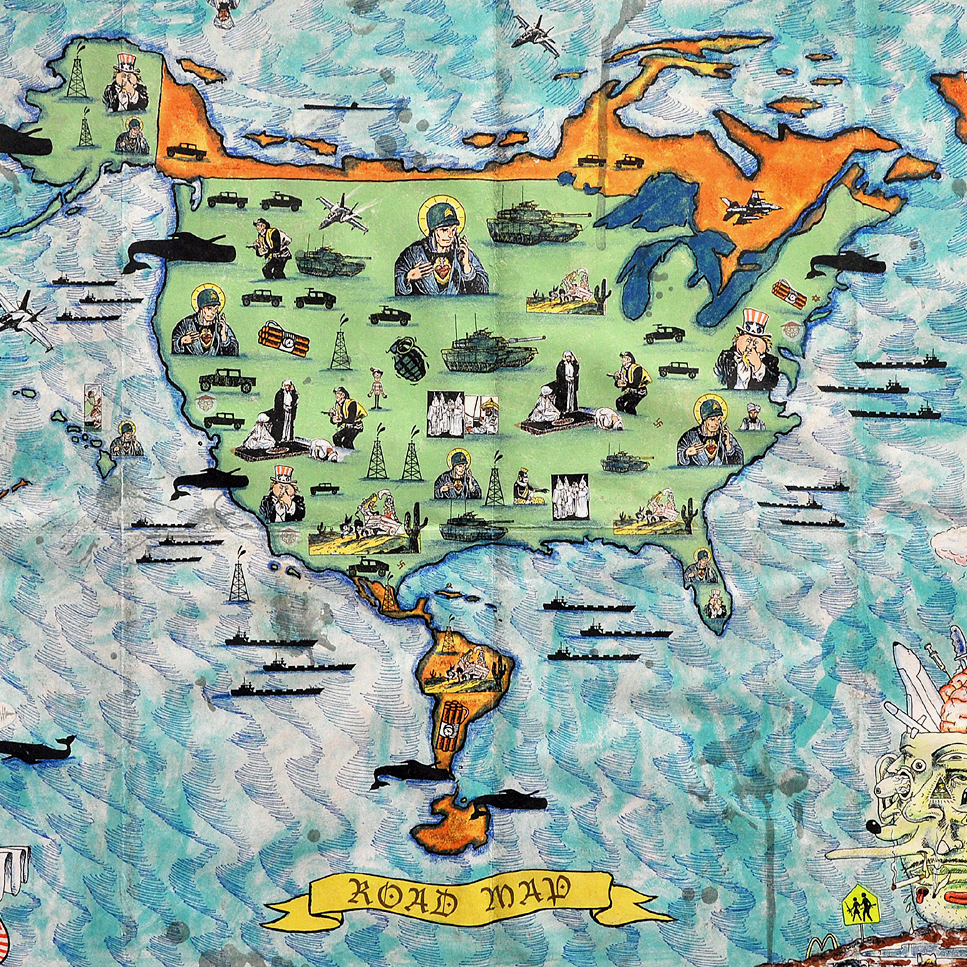
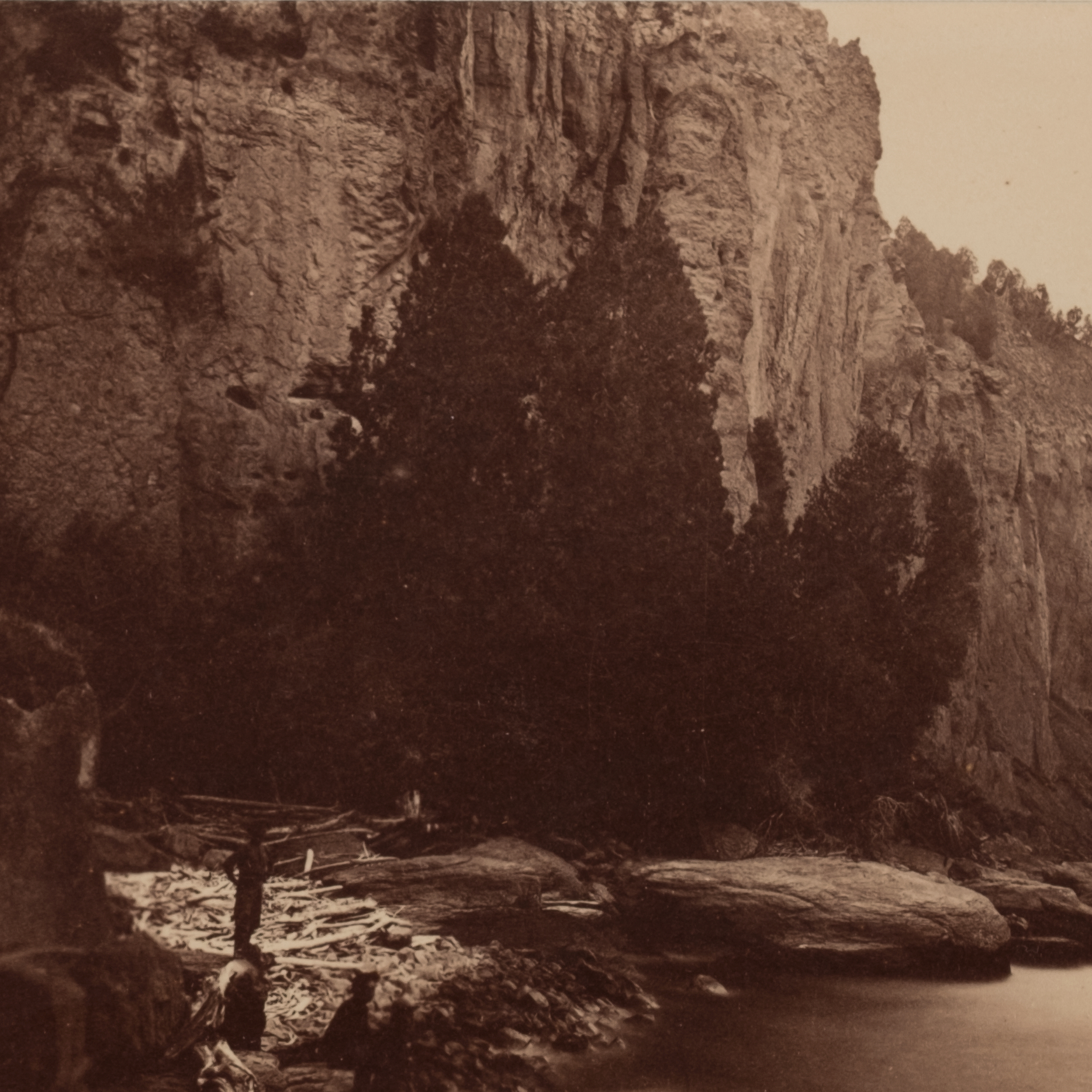
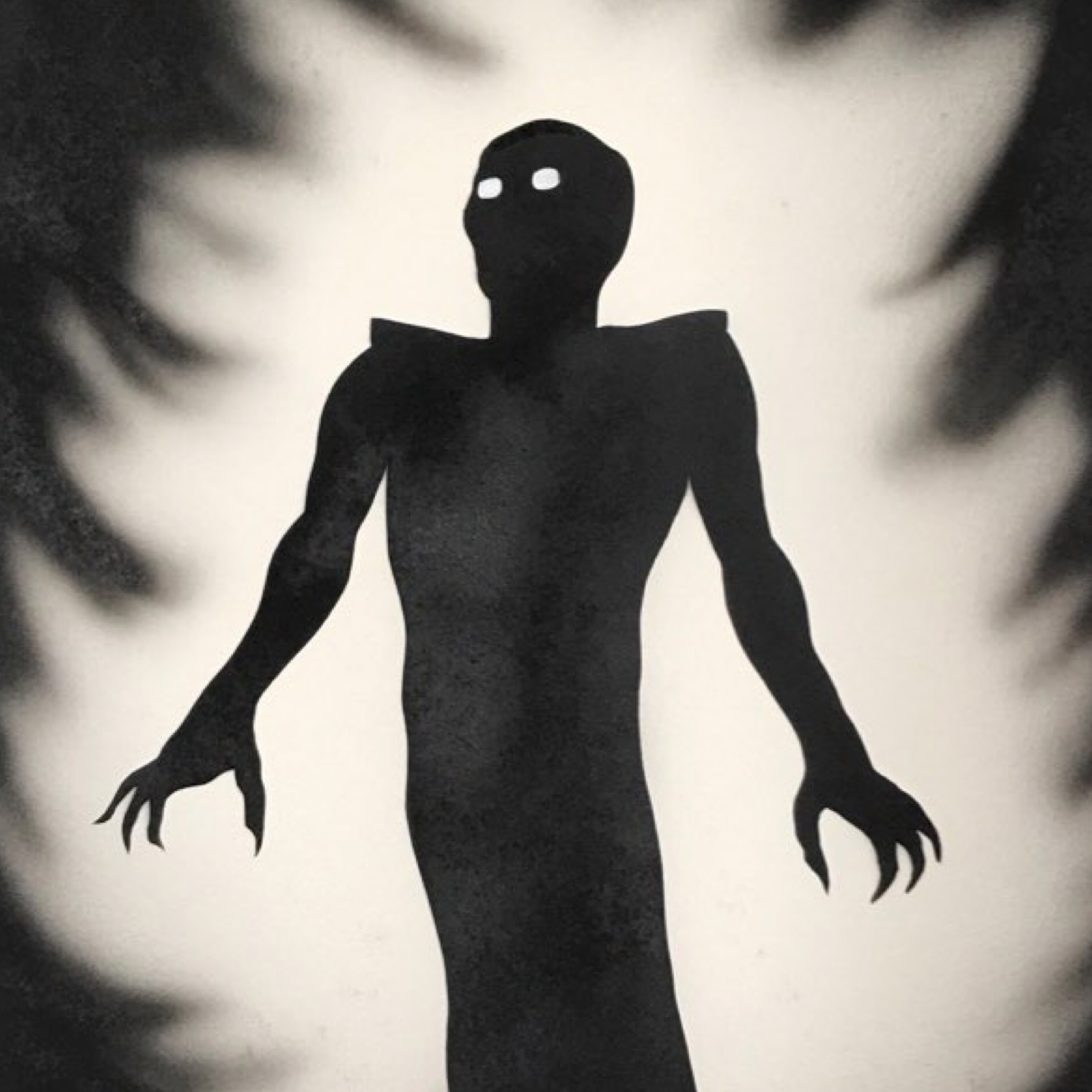
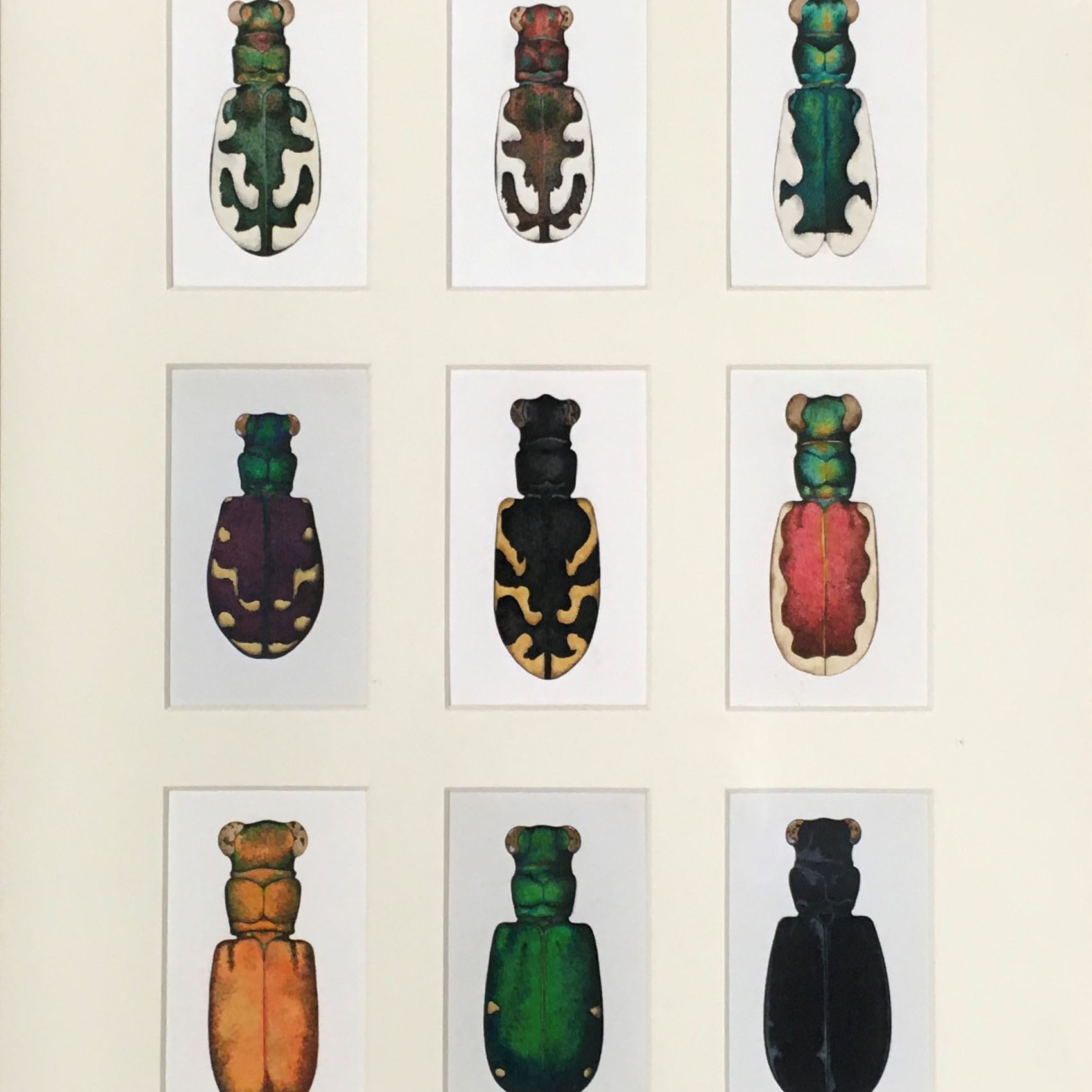
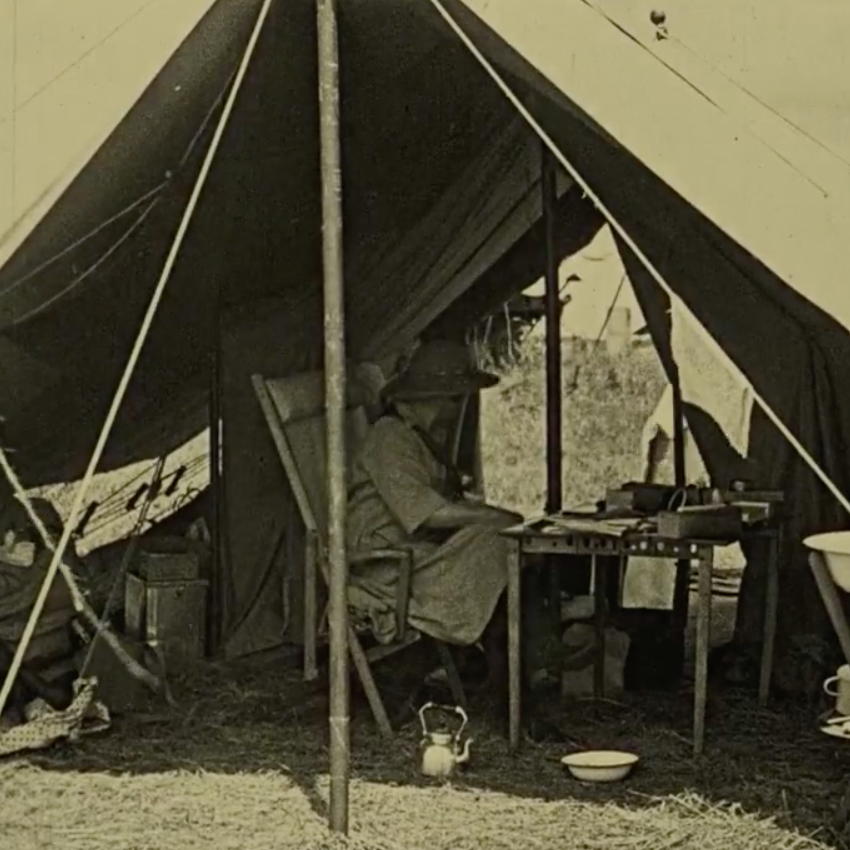
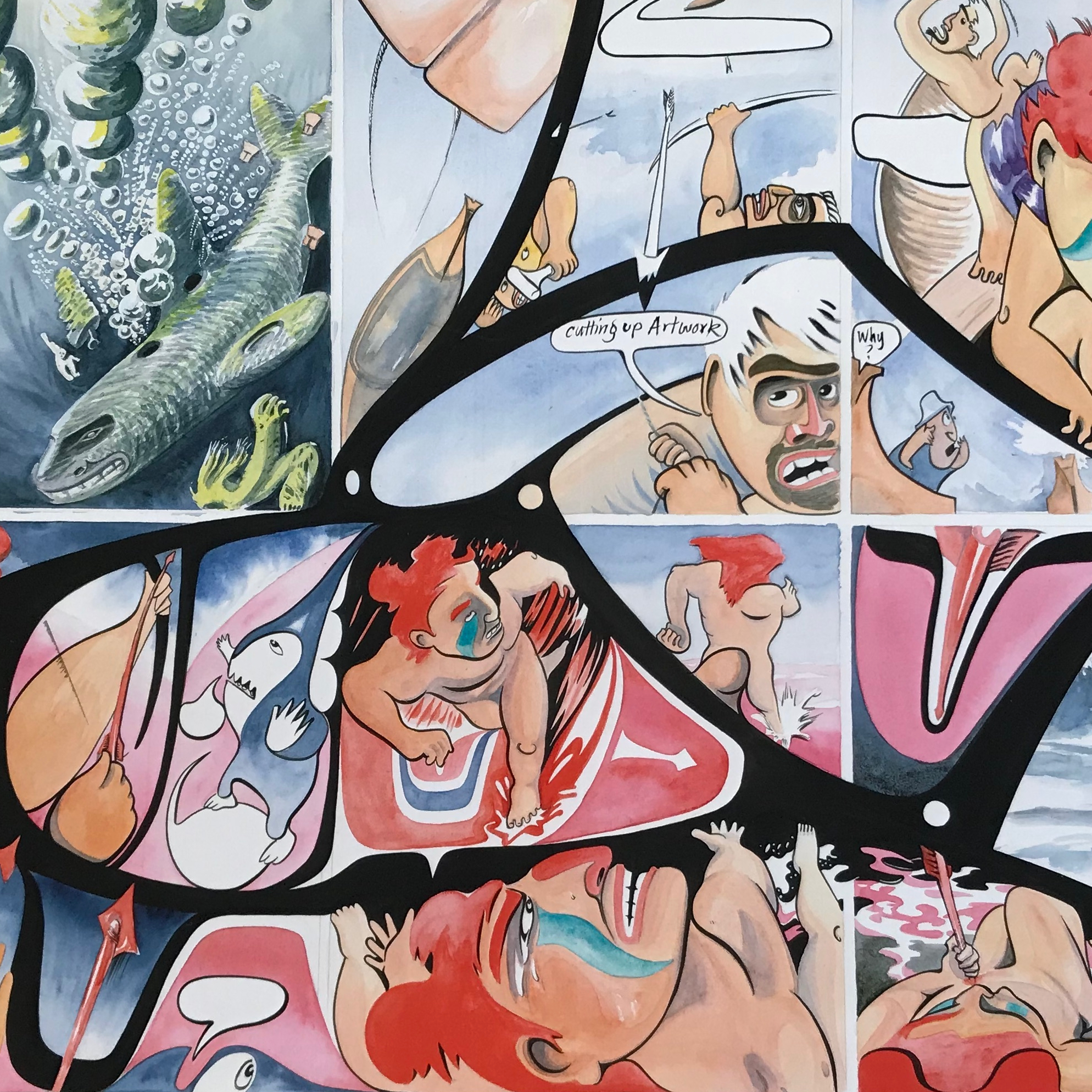
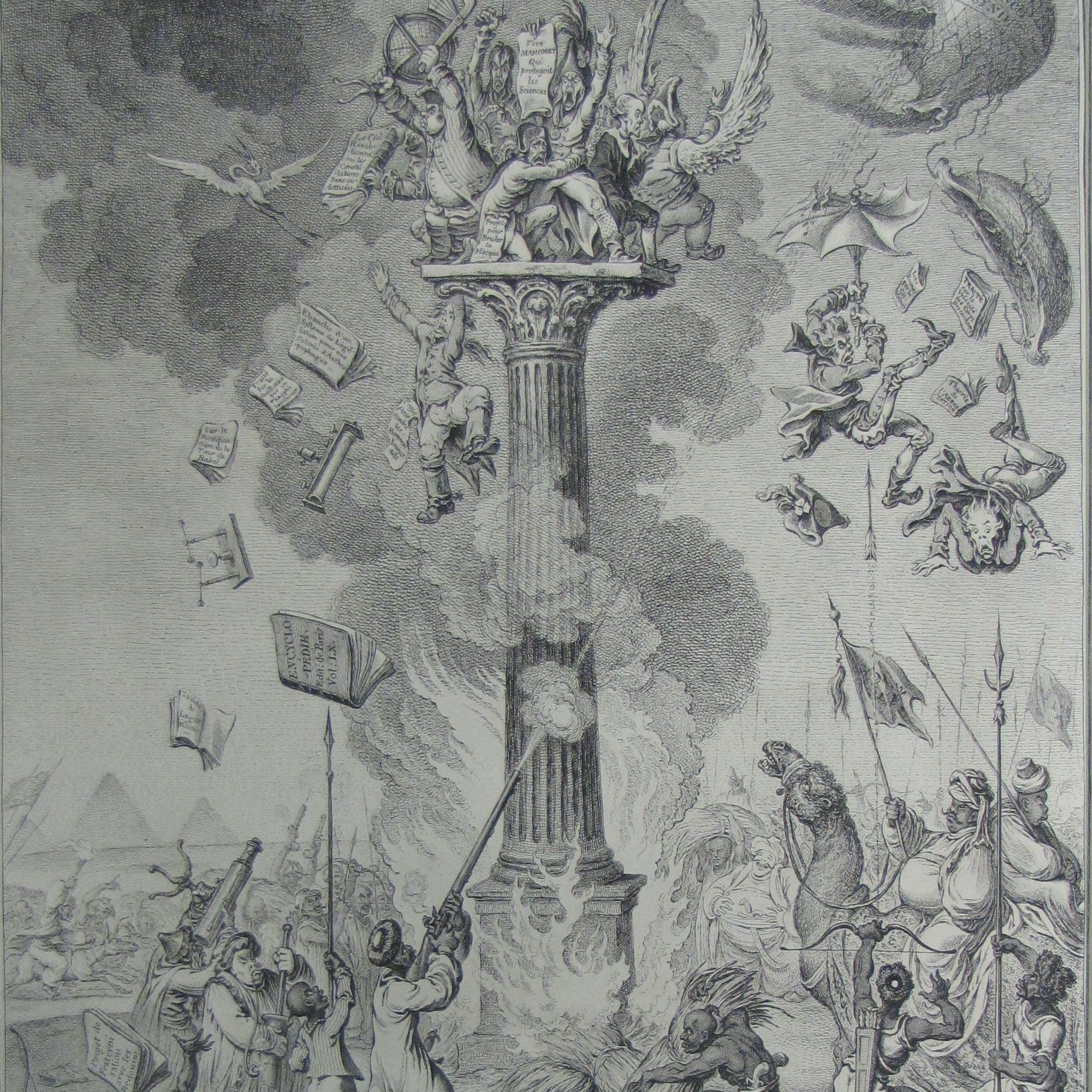

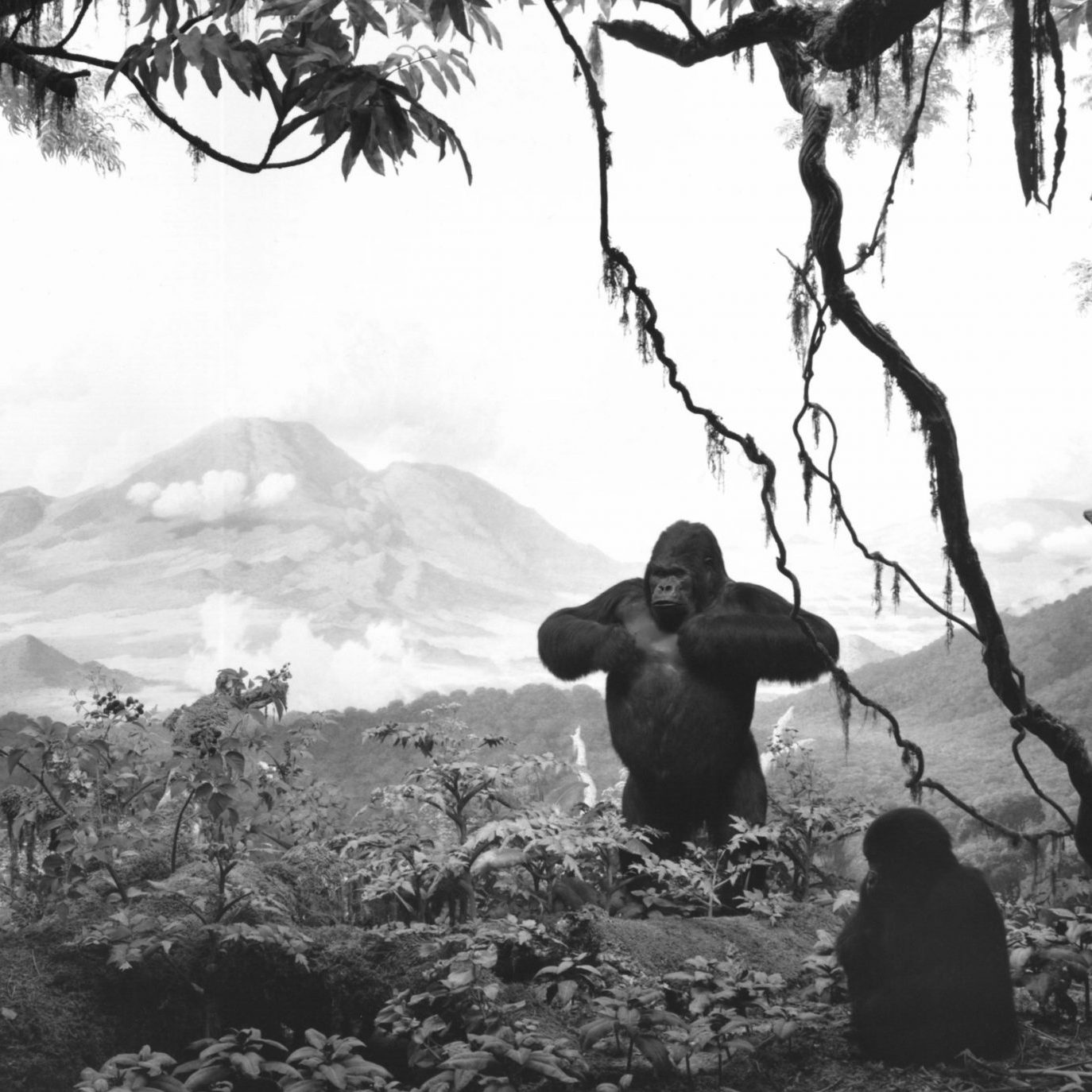


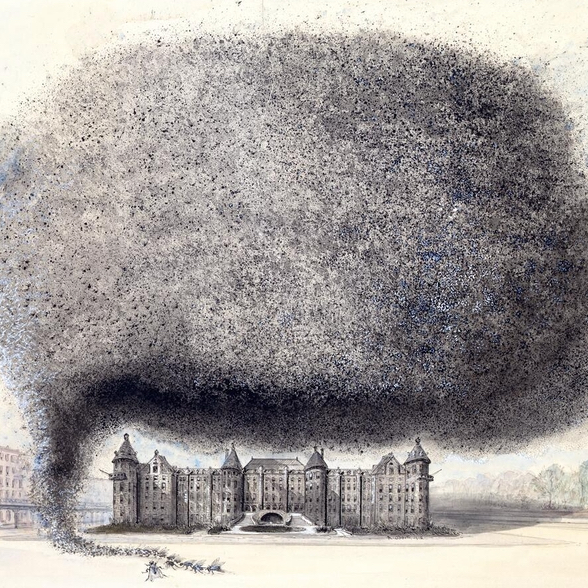
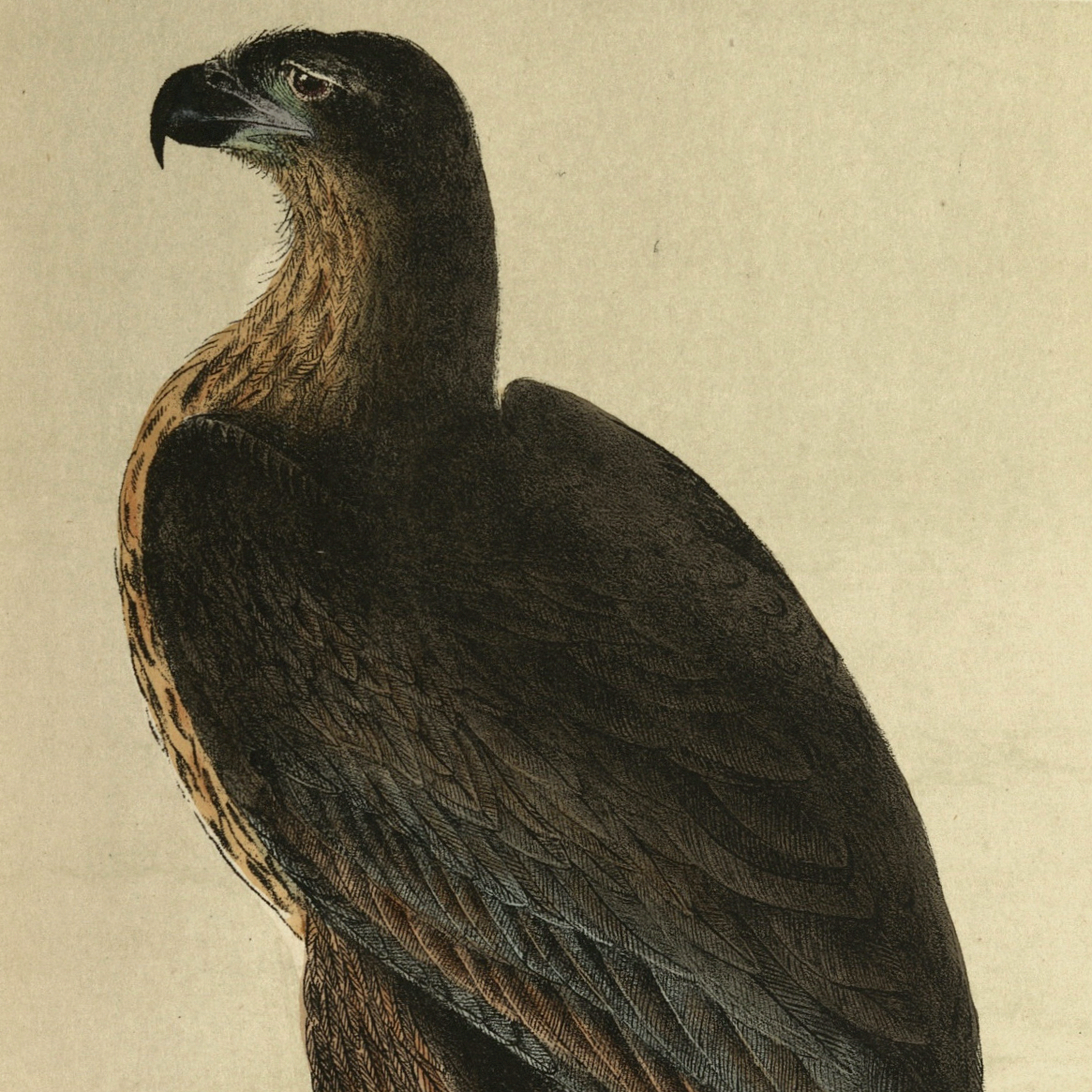



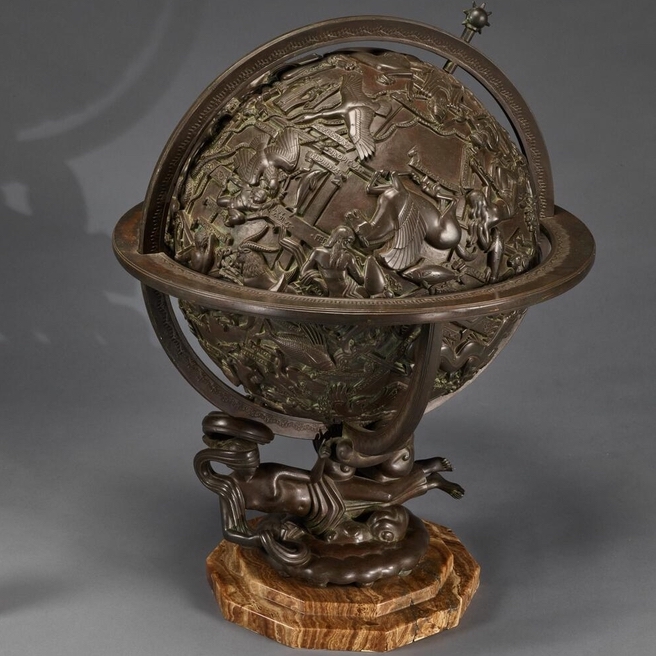
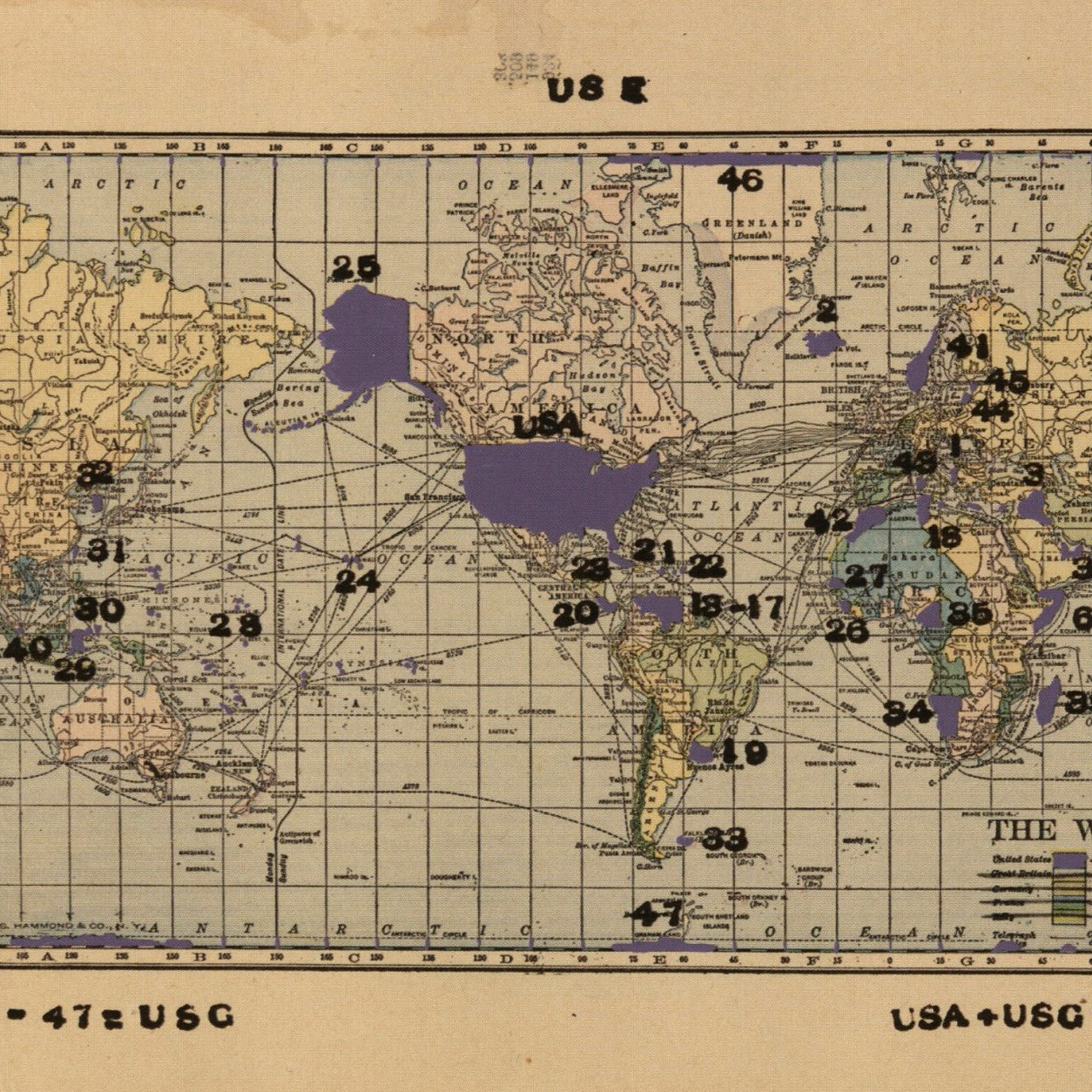
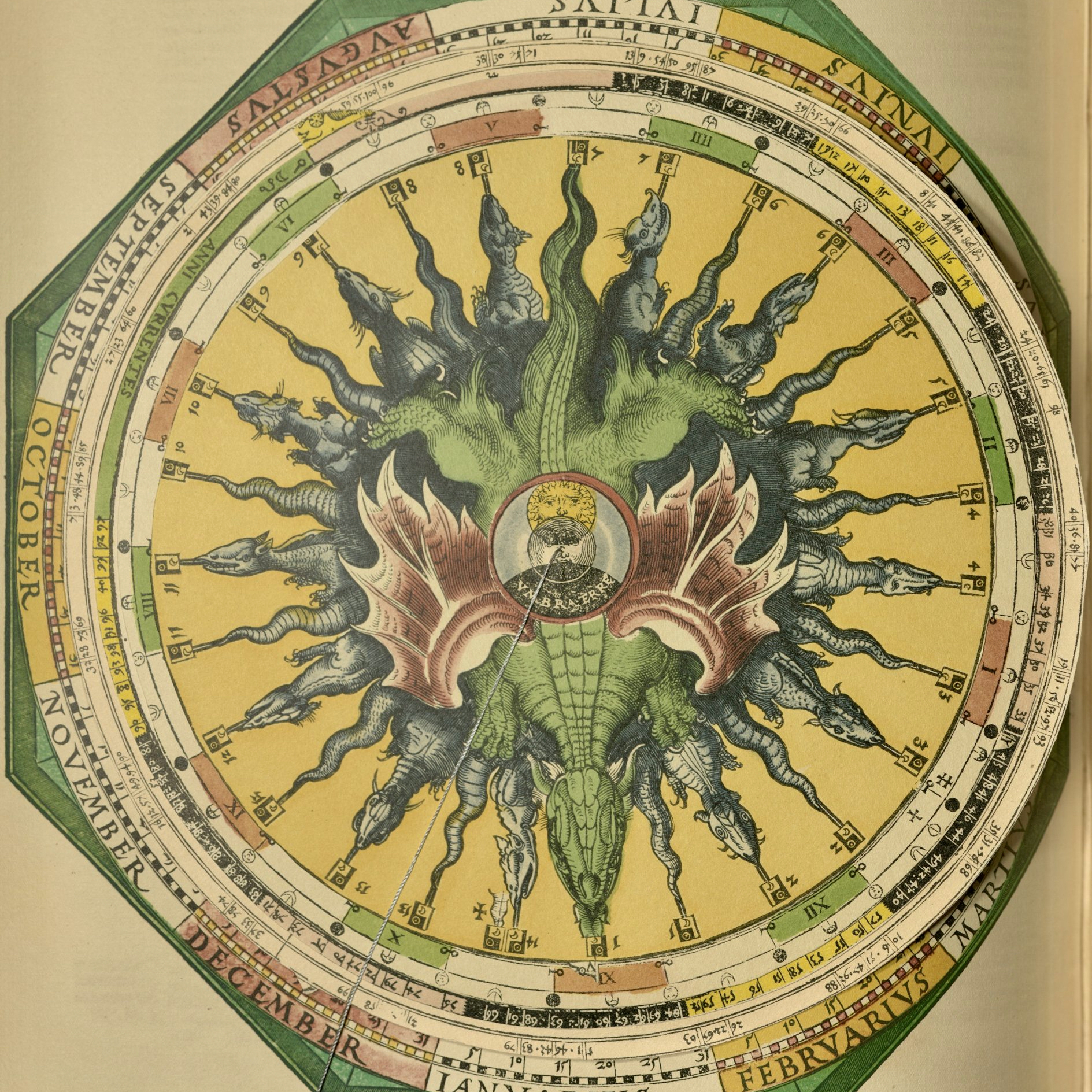
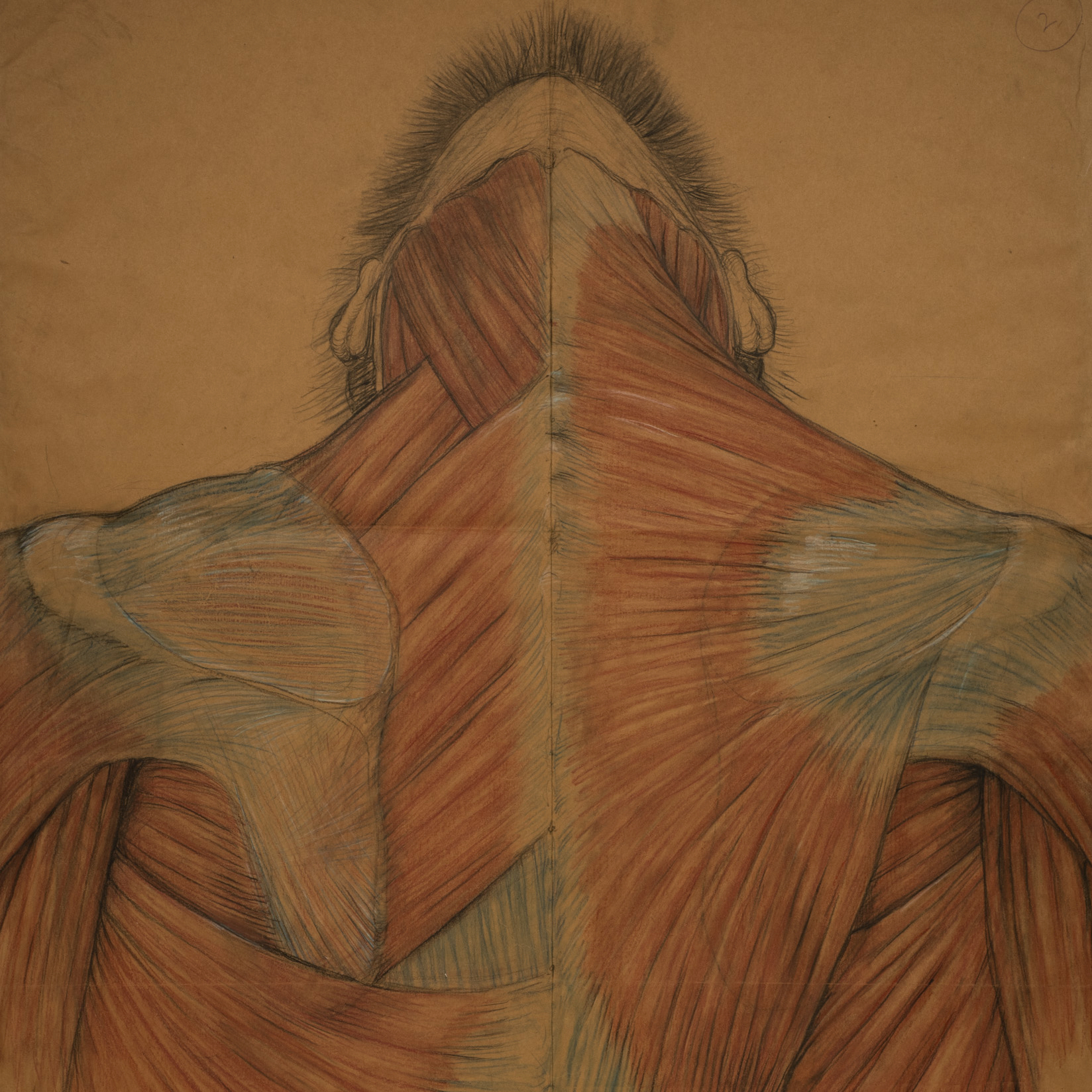

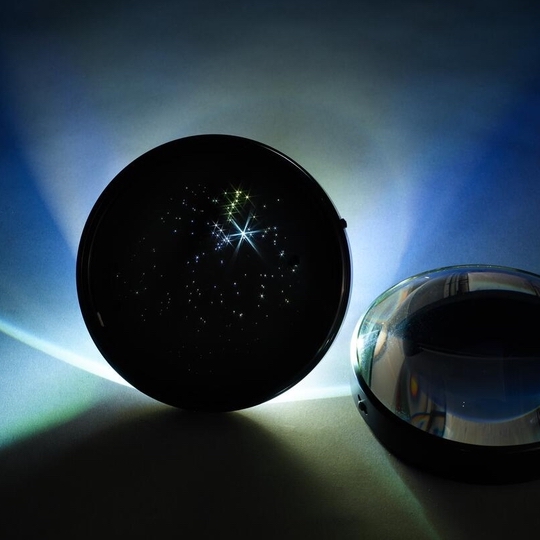
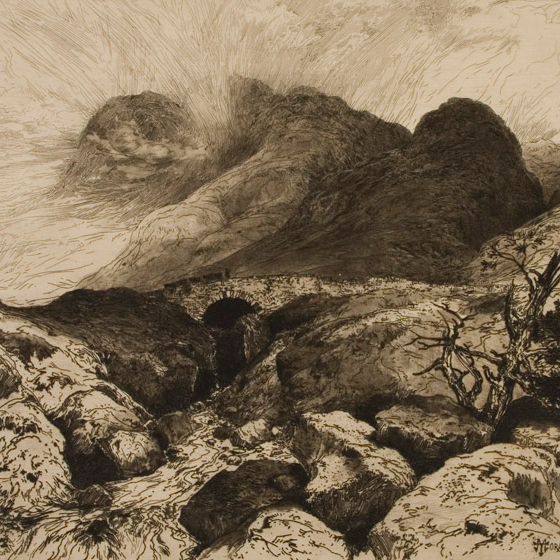
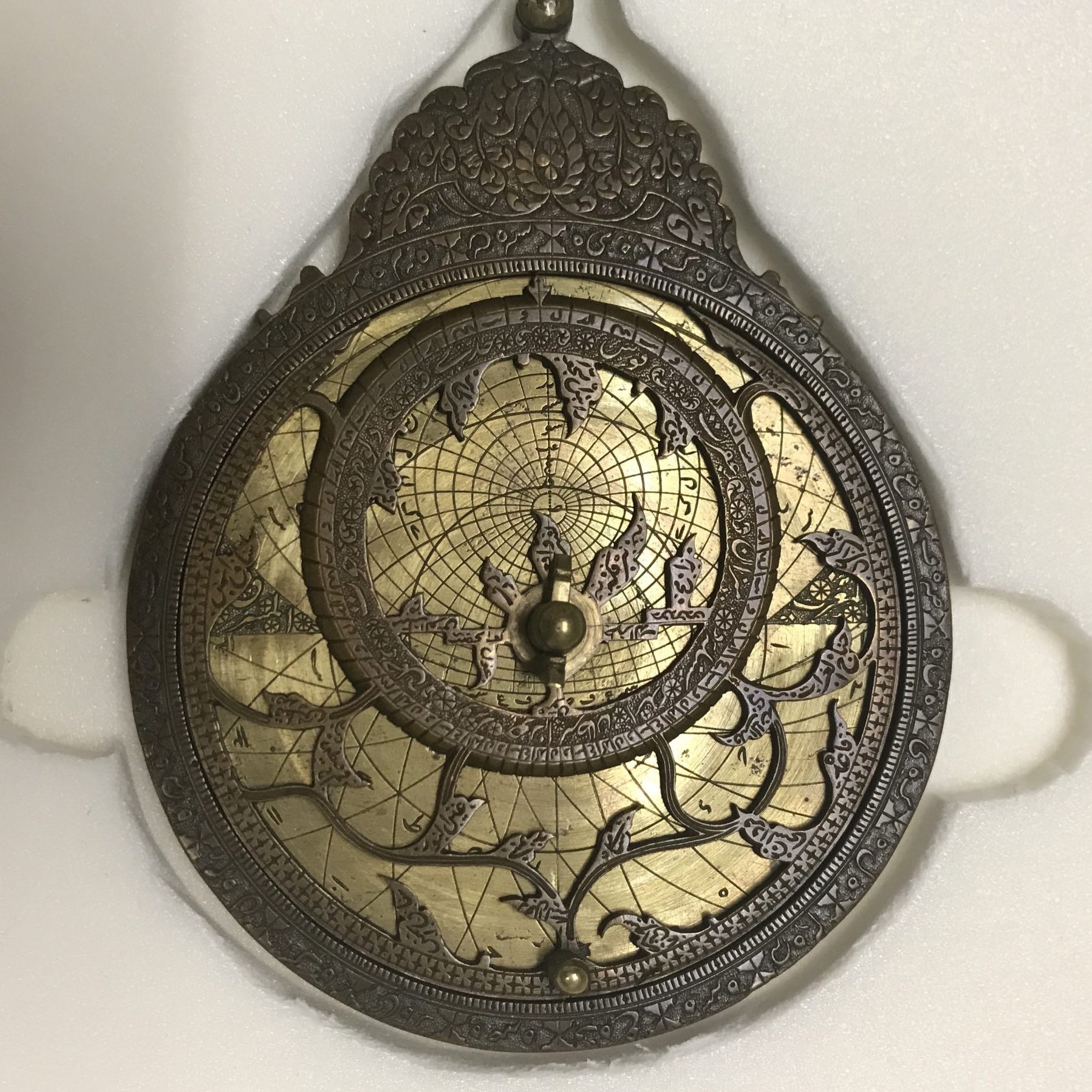
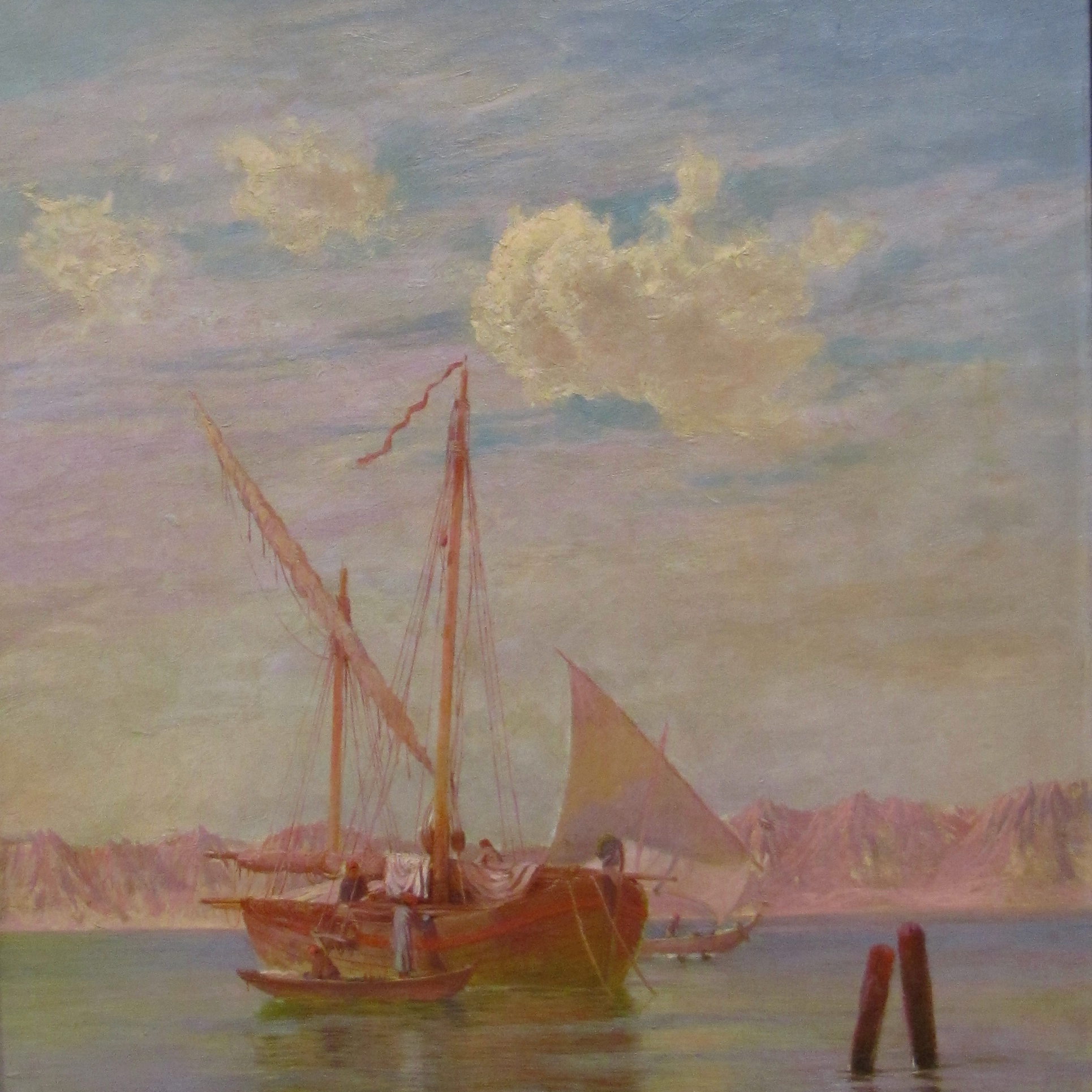
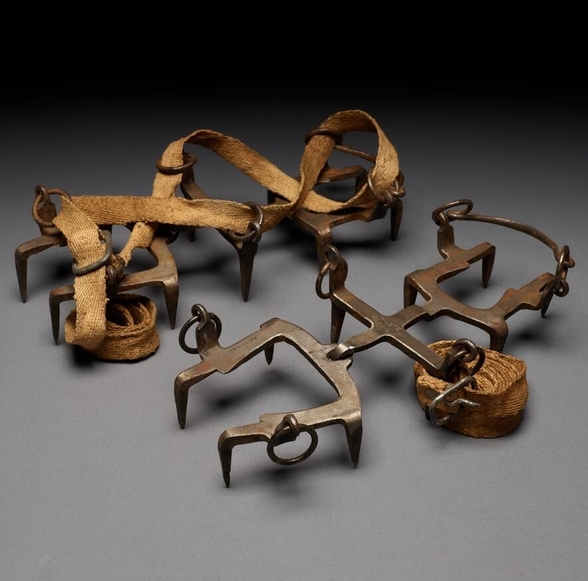
![Howard Russell Butler's [Hydrogen prominences]](https://futureoftruth.media.uconn.edu/wp-content/uploads/sites/2921/2023/01/k6584-square.jpg)


